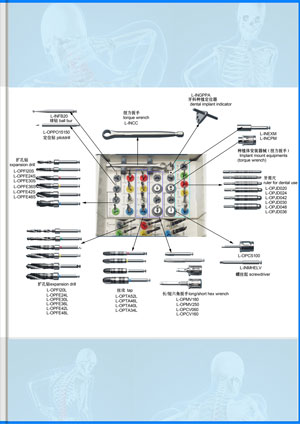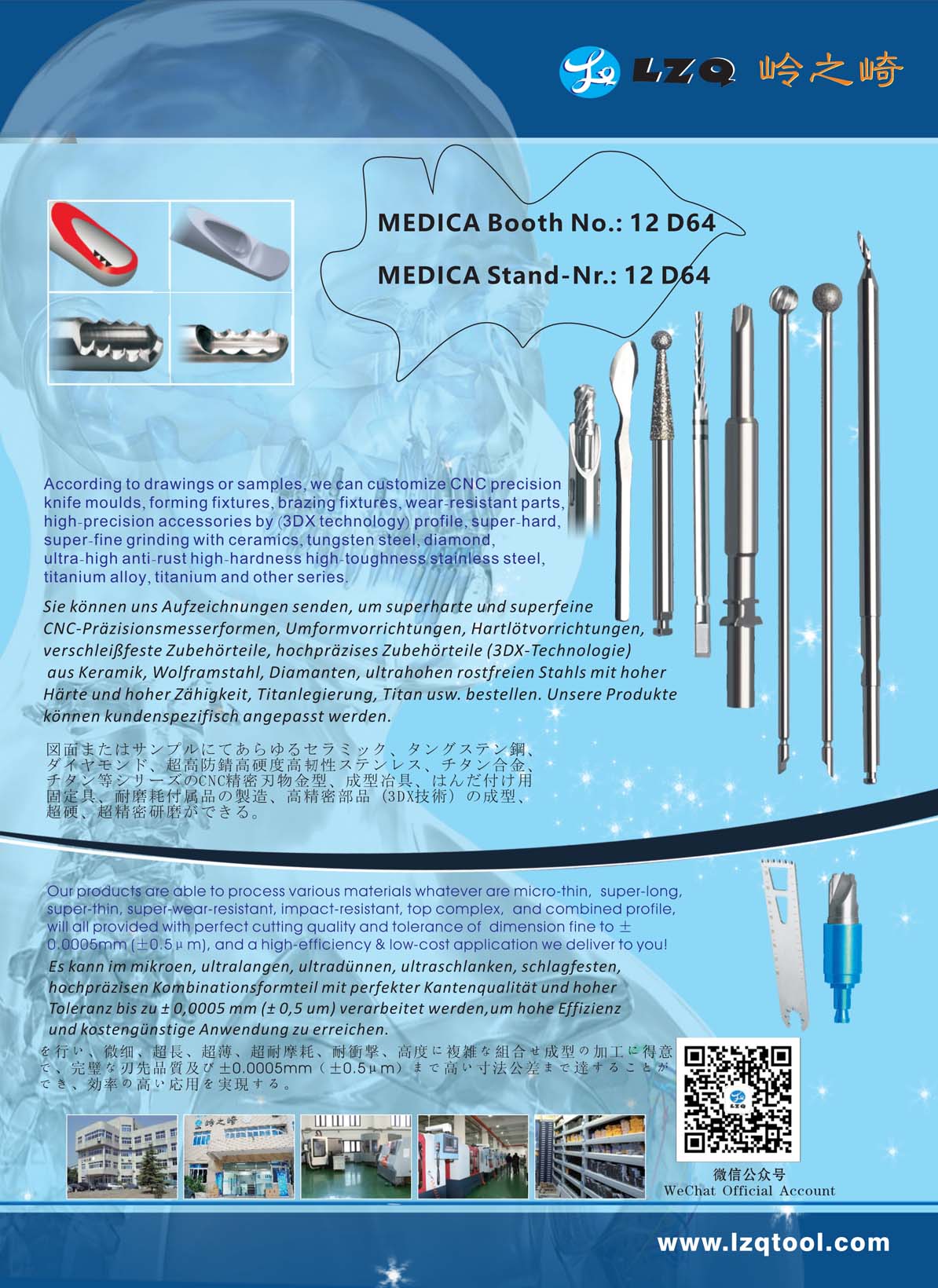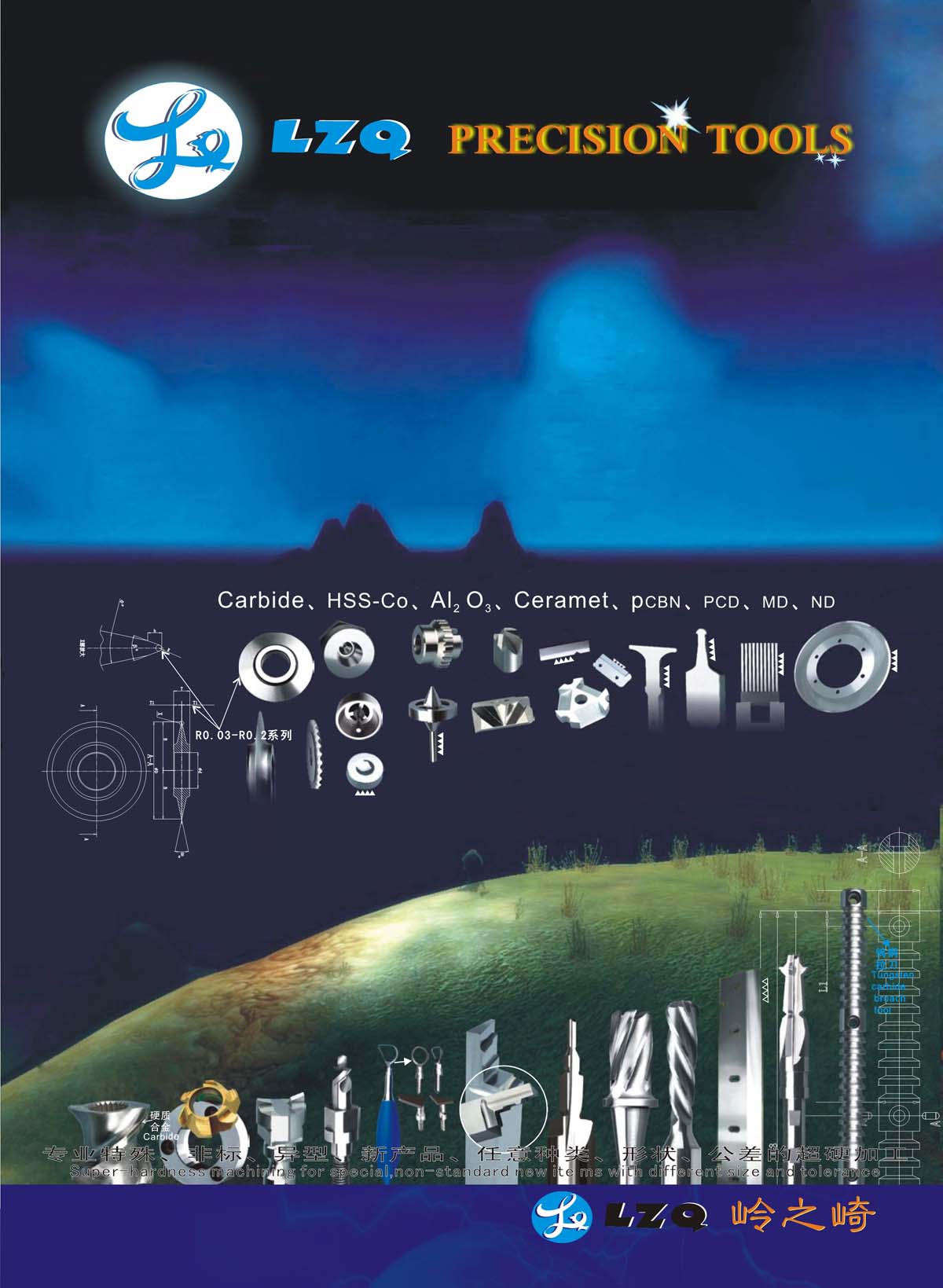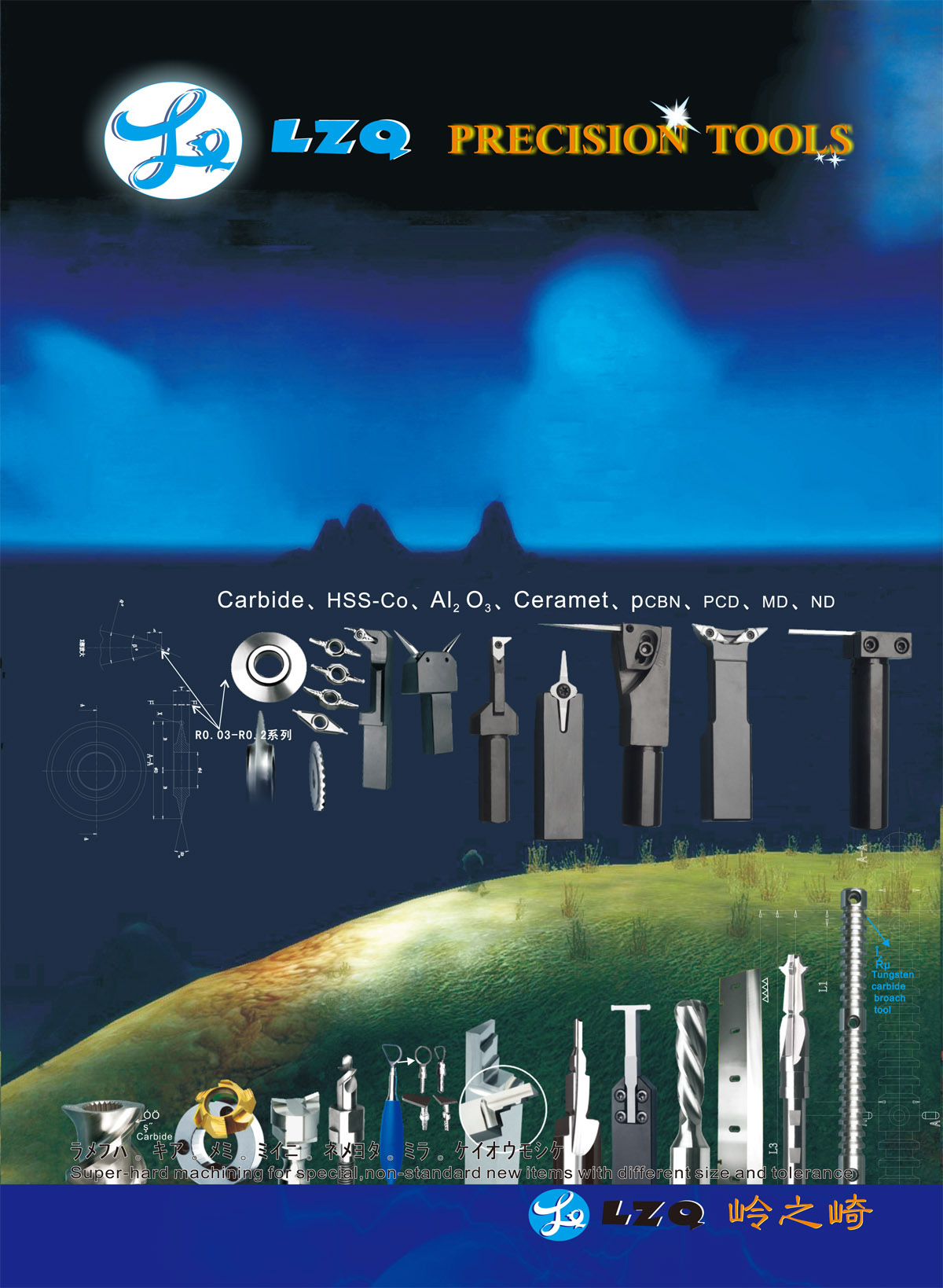Product Details
We use the material of stainless steel. We are capable to produce any taps according to drawings or samples provided by customer with a favorable cost-performance.
Material:
1. Super-high anti-rust high wear resistance stainless steel series
(AA)(HRC54°±2°section)(regularly stock)
2. General anti-rust high wear resistance stainless steel series
(A)(HRC45°~64°section series)
(Ultra-high rust (AA) & Ultra-high wear-resistant(A) &Ultra-sharp edge)
(ultra-high anti-rust type(AA)&general anti-rust type(A)&CNC full fine grinding sharp cutting edge)
In medium/dense bone, pre-tapping may be needed.
For preparation of implant thread
One tap per implant diameter
Depth calibration by ring marks or shading
For use with the contra-angle handpiece(motor, A and B-implants
Long term
The long-term problems that end result from restoring tooth with implants relate, directly, to the risk elements of the affected person and the technology. There are the risks associated with look inclusive of a excessive smile line, negative gingival first-rate and missing papillae, issue in matching the form of natural teeth that may additionally have unequal points of contact or exceptional shapes, bone that is missing, atrophied or in any other case shaped in an unsuitable manner, unrealistic expectations of the affected person or poor oral hygiene. The risks can be associated to biomechanical factors, where the geometry of the implants does now not aid the enamel in the same way the herbal tooth did such as when there are cantilevered extensions, fewer implants than roots or tooth that are longer than the implants that help them (a bad crown-to-root ratio). Similarly, grinding of the teeth, lack of bone or low diameter implants increase the biomechanical risk. Finally there are technological risks, the place the implants themselves can fail due to fracture or a loss of retention to the tooth they are supposed to support.

















 +86-021-50327060
+86-021-50327060
 zq@lzqtech.com
zq@lzqtech.com
 Medical Instrument
We can achieve perfect edge quality and dimensional tolerance up to±0.0005mm (±0.5μm) in the process of micro, ultra-long, ultra-thin, super-abrasive, impact-resistant, high-precision and combined ... VIEW MORE
Medical Instrument
We can achieve perfect edge quality and dimensional tolerance up to±0.0005mm (±0.5μm) in the process of micro, ultra-long, ultra-thin, super-abrasive, impact-resistant, high-precision and combined ... VIEW MORE Implant
Corresponding and matching drills and tools of different types, forms, shapes, structures can be high precisely ground to mold according to different brands and different types of implants forms, shap... VIEW MORE
Implant
Corresponding and matching drills and tools of different types, forms, shapes, structures can be high precisely ground to mold according to different brands and different types of implants forms, shap... VIEW MORE Cutting Tools
Super-hardness machining for special, non-standard new ite ms with different size and tolerance. VIEW MORE
Cutting Tools
Super-hardness machining for special, non-standard new ite ms with different size and tolerance. VIEW MORE Accessory Parts
we can customize for you according to your samples or drawings for any manufacturing of ceramic,carbide,stainless high-speed steel, stainless steel, titanium alloy, titanium diamond, etc series, hig... VIEW MORE
Accessory Parts
we can customize for you according to your samples or drawings for any manufacturing of ceramic,carbide,stainless high-speed steel, stainless steel, titanium alloy, titanium diamond, etc series, hig... VIEW MORE































































































 +86-021-50327060
+86-021-50327060 
 NO.1269 Plant, Jinhu Road, Jinqiao Export Processing Zone, Pudong New District, Shanghai, China.
NO.1269 Plant, Jinhu Road, Jinqiao Export Processing Zone, Pudong New District, Shanghai, China. 
